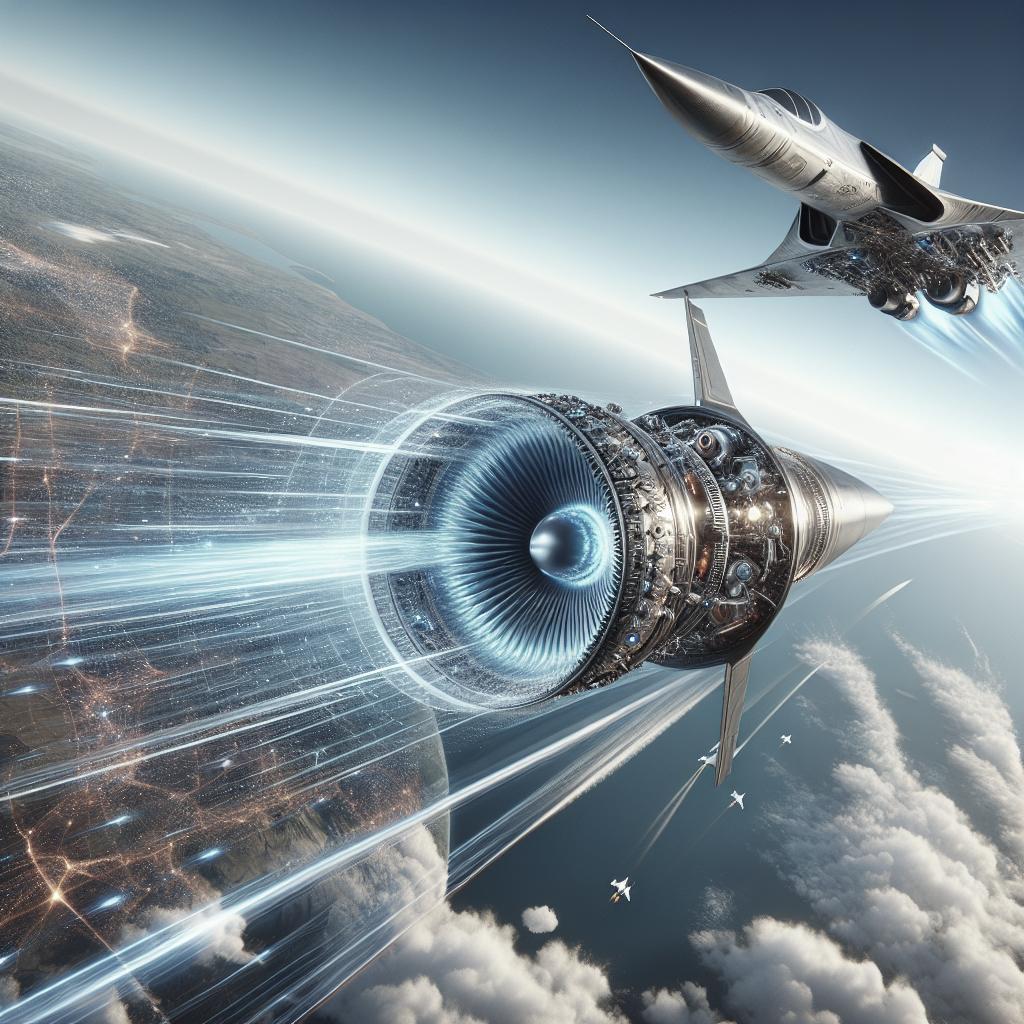How is Cabin Pressure Maintained?
Flying high above the clouds is a marvel of modern engineering, with cabin pressurization being one of the key innovations that makes it possible. In this article, we will explore the mechanics and importance of cabin pressurization in aircraft. We will delve into questions like why airplanes are pressurized, the dangers of high altitudes, how pressurization systems operate, and the effects on passengers. Additionally, we’ll consider why flying at lower altitudes isn’t practical and the role of pilots in managing cabin pressure. Join us as we uncover the vital role of pressurization in making modern air travel safe and comfortable.
How and why are airplanes pressurized?
Airplanes are pressurized to ensure passenger comfort and safety. At cruising altitudes, the outside air pressure is too low to support human life as it would on the ground. Pressurization systems introduce air into the cabin to maintain an environment similar to that at lower altitudes.
The pressurization process begins on the ground. As the aircraft ascends, systems gradually adjust the cabin pressure to simulate conditions at around 6,000 – 8,000 feet above sea level, regardless of the height the plane actually reaches. This balance is crucial for comfort, aiding in breathing and ensuring sufficient oxygen levels are maintained.
Denver is fine. Going higher spells trouble.
Altitude plays a critical role in the need for cabin pressurization. At elevations like Denver’s 5,280 feet, most people can acclimate without severe discomfort. But as altitude increases, especially beyond 10,000 feet, atmospheric pressure decreases, making breathing difficult without supplemental oxygen.
At higher altitudes, air pressure is insufficient to facilitate the adequate exchange of oxygen in the lungs, which can lead to hypoxia, a dangerous condition where the body is deprived of sufficient oxygen. To avoid such risks, airplanes must have an efficient cabin pressurization system to simulate a habitable environment.
Why bother with pressurization? Why not fly down low?
Flying at lower altitudes might seem like a viable option to avoid the need for pressurization. However, higher altitudes offer an array of benefits, including less air resistance, which increases fuel efficiency and allows for smoother flights.
Additionally, higher altitudes help avoid weather disturbances like turbulence and meteorological obstacles, often aiding in faster and safer travel. Therefore, despite the challenges of pressurization, the benefits of high-altitude flight far outweigh the drawbacks of flying lower.
How does a pressurization system work?
The aircraft pressurization system involves various components, including bleed air, outflow valves, and pressure controllers. Bleed air, taken from the aircraft’s engine compressors, is cooled and routed into the cabin to regulate pressure levels.
Outflow valves play a crucial role in maintaining the desired pressure by controlling air exit rates from the cabin. These components work in conjunction, regulated by a series of pressure sensors and controllers, to ensure cabin environment stability throughout the flight duration.
Protecting the Fuselage from Pressurization Problems
Maintaining structural integrity of the aircraft’s fuselage is paramount when dealing with pressurization. Jets are designed to handle extensive pressure differentials, but constant cycles of pressurization and depressurization can induce metal fatigue over time.
To mitigate such risks, aircraft undergo regular maintenance checks and inspections to detect any signs of stress or potential fractures. Advances in materials and engineering design also contribute to longer-lasting, more resilient airframes, further enhancing safety and stability.
Where does pressurized air come from?
Typically, the air used for pressurization is sourced from the aircraft’s engines. This “bleed air” is harvested from the engine compressors, where it is at a high pressure and temperature.
The air is cooled via heat exchangers before being introduced to the cabin. This ingenious use of otherwise wasted energy demonstrates efficient engineering at work, utilizing available resources to maintain optimal in-flight conditions.
How do pilots control the pressurization?
Pilots rely on advanced avionics systems to monitor and adjust cabin pressurization. They can manually override certain systems if necessary, but primarily, pressurization is managed automatically by redundant systems designed to adapt to flight dynamics.
Throughout the journey, pilots stay informed of cabin conditions via cockpit displays, ensuring passenger safety and comfort remain uncompromised. In rare instances where pressurization might fail, emergency protocols are in place to deal swiftly with any drop in cabin pressure.
Effects Of Flying In A Pressurized Cabin
Flying in a pressurized environment offers several advantages but also presents unique challenges. While passengers can enjoy relatively stable conditions akin to lower altitudes, some individuals might still experience mild discomfort, such as ear popping or dehydration due to lower humidity levels.
Despite these minor inconveniences, pressurization enables millions to travel safely and efficiently across great distances, unlocking the vast potential of global air transport while significantly mitigating health risks associated with high-altitude environments.
Further Reading About Pressurization:
-
Federal Aviation Administration (FAA)
– for regulations and safety measures. -
AERO Magazine
– for in-depth articles on aviation technology. -
Skybrary
– comprehensive resources on air safety and operations.
Share this:
Like this:
If you found this information helpful, don’t hesitate to subscribe to our newsletter for more insights into the world of aviation and technology. Your support helps us bring detailed analyses and engaging content to our readers.
Final Thoughts
| Aspect | Details |
|---|---|
| Why Pressurization? | Ensures comfort and safety at high altitudes. |
| Altitude Challenges | Low air pressure affects breathing; high altitudes introduce many flight advantages. |
| System Mechanics | Bleed air from engines, outflow valves maintain cabin conditions. |
| Structural Integrity | Regular checks prevent metal fatigue. |
| Pilot’s Role | Monitor and adjust via automated systems. |
| Passenger Impact | Minor discomforts but overall safety in travel. |


